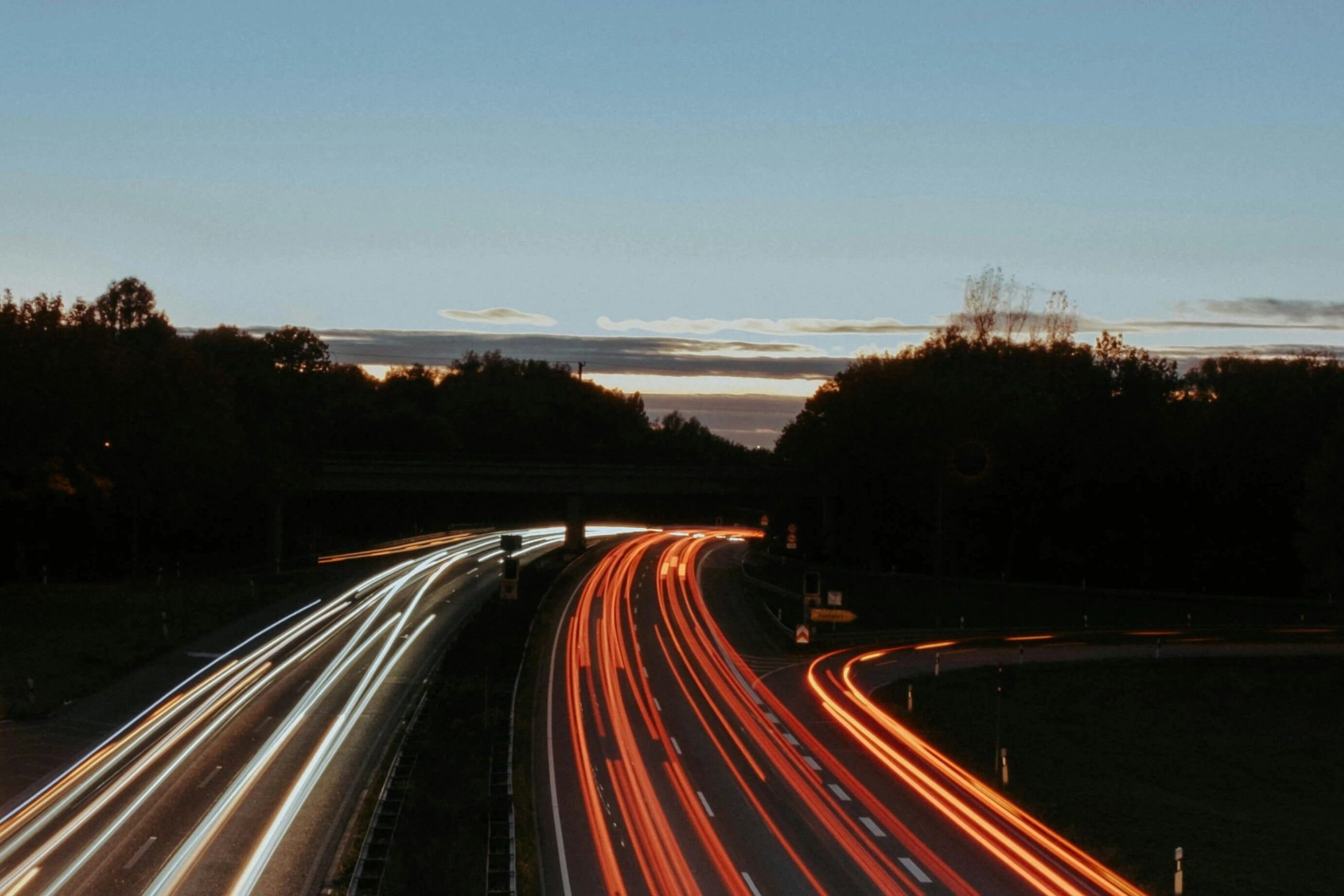Let’s start with the hard facts. The past decade was the hottest on record — and projections from the UK’s Met Office suggest there’s a 70% chance that, between 2025 and 2029, we will surpass the critical +1.5°C threshold above pre-industrial levels. The window of opportunity to avoid irreversible damage is closing faster than older predictions had anticipated.
When the context changes, consumers change with it. In Portugal, nearly half of all shoppers have boycotted brands they consider environmentally questionable. More than 50% of Europeans include sustainability in their purchasing criteria — and a significant portion are willing to pay up to 20% more for “green” products. In short: we’re no longer talking about market niches; we’re talking about the new norm.
From “produce more to sell more” to “produce better to endure”
For much of the 20th century, the business equation was straightforward: mass production, price competition. That paradigm has collapsed. Today’s consumers want to know where products are made, how they’re made, and what impact they have. Transparency is no longer a nice bonus — it’s the ticket to play in the competitive arena.
The practical consequence? Classic advantages (scale, price, even pure quality) are losing ground to integrity and purpose. Companies that ignore this are heading toward irrelevance — not in 2050, but by tomorrow morning.
ESG + conscious consumers = marriage of convenience (and reputation)
ESG criteria have become mandatory due diligence — environmental, social, and governance. It’s no longer enough to have well-meaning policies buried in fine print; companies need to present auditable metrics, public goals, and open reports. Some brands have turned this discipline into a massive asset: they retain customers, attract top talent, and gain access to green financing at rates that would make traditional banks blush.
But beware: communicating without delivering is like playing with matches in a refinery. Greenwashing isn’t a marketing slip-up — it’s a recipe for real-time reputational damage, amplified by the unforgiving court of social media.
What’s really at stake?
What’s at stake, first and foremost, is the immediate survival of brands — not just a long life on the corporate calendar. It’s also about economic resilience: companies that align strategy with environmental ambition prove more resistant to external shocks, win over investors, and attract top-tier talent. And above all, it’s about our collective future: every business decision is a silent vote shaping the kind of development — more or less livable — we will all inhabit.
Five (non-)negotiable steps
- Listen to the market. Map out customer expectations, fears, and motivations — not once a year, but continuously.
- Embed sustainability in the core. No decorative add-ons; sustainability must live at the heart of the business model, alongside margins and growth.
- Redesign the supply chain. Ethics, transparency, and low impact. If one link fails, the whole narrative collapses.
- Empower teams. Without internal environmental literacy, no transformation will endure.
- Communicate with precision. Sustainability without communication is invisible; communication without sustainability is unsustainable.
Final note — the good news
Conscious consumers aren’t a barrier — they’re a compass. Businesses that listen and act will see returns in brand equity, innovation, and sustained profit. The rest will be left behind, lamenting lost sales and missed opportunities. The climate clock won’t stop ticking — neither will the competitiveness clock. The choice is simple: align strategy, product, and values — or risk obsolescence.
Excerpt written by Vítor Ferreira
*Cover Photo by Gabrielle Ribeiro on Unsplash



